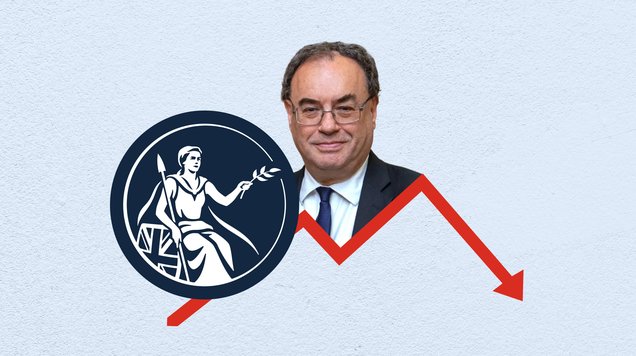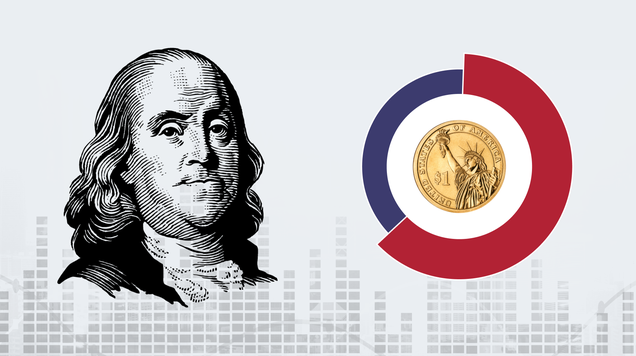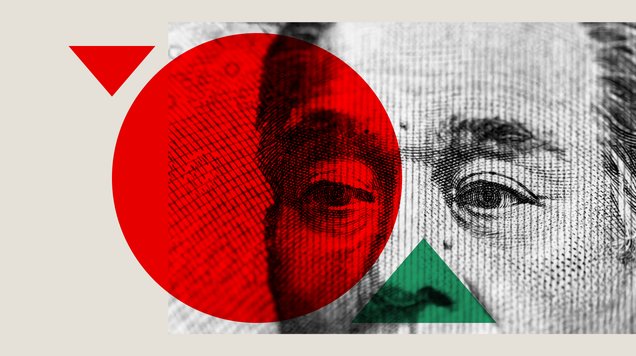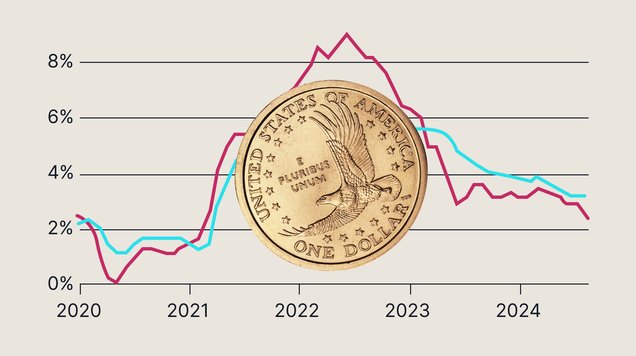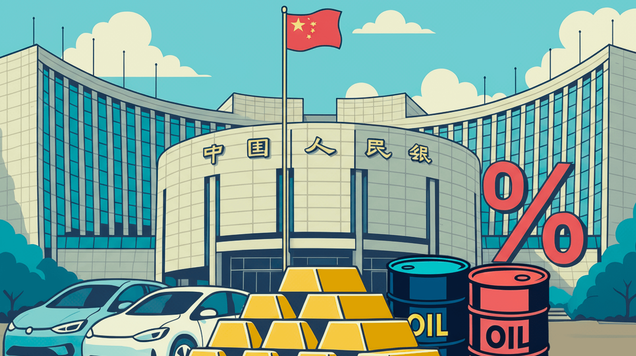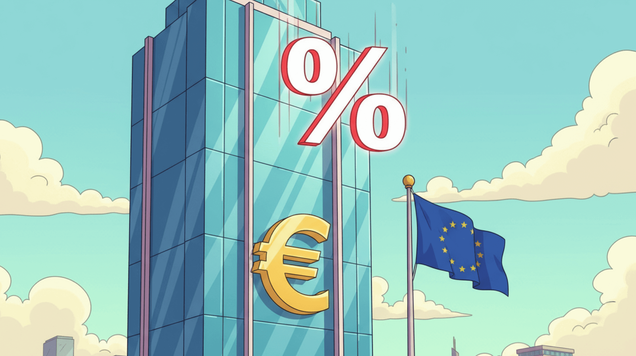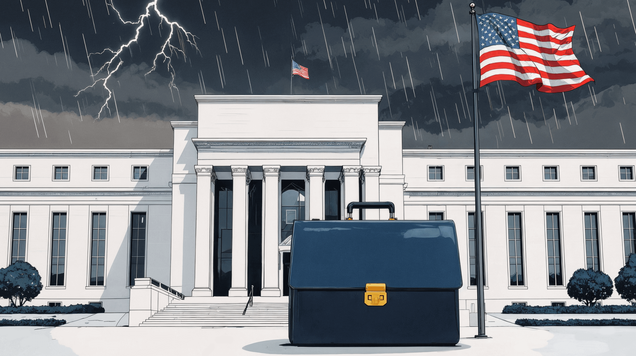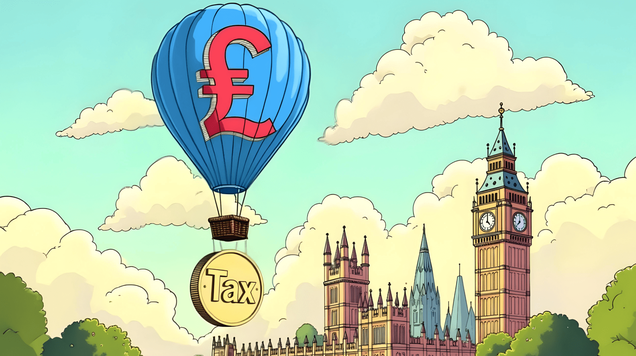Europe outlook Q3 2025
The EU economy enters Q3 2025 with modest growth, supported by ECB easing, rising defence investment, and a resilient labour market despite global trade uncertainties.
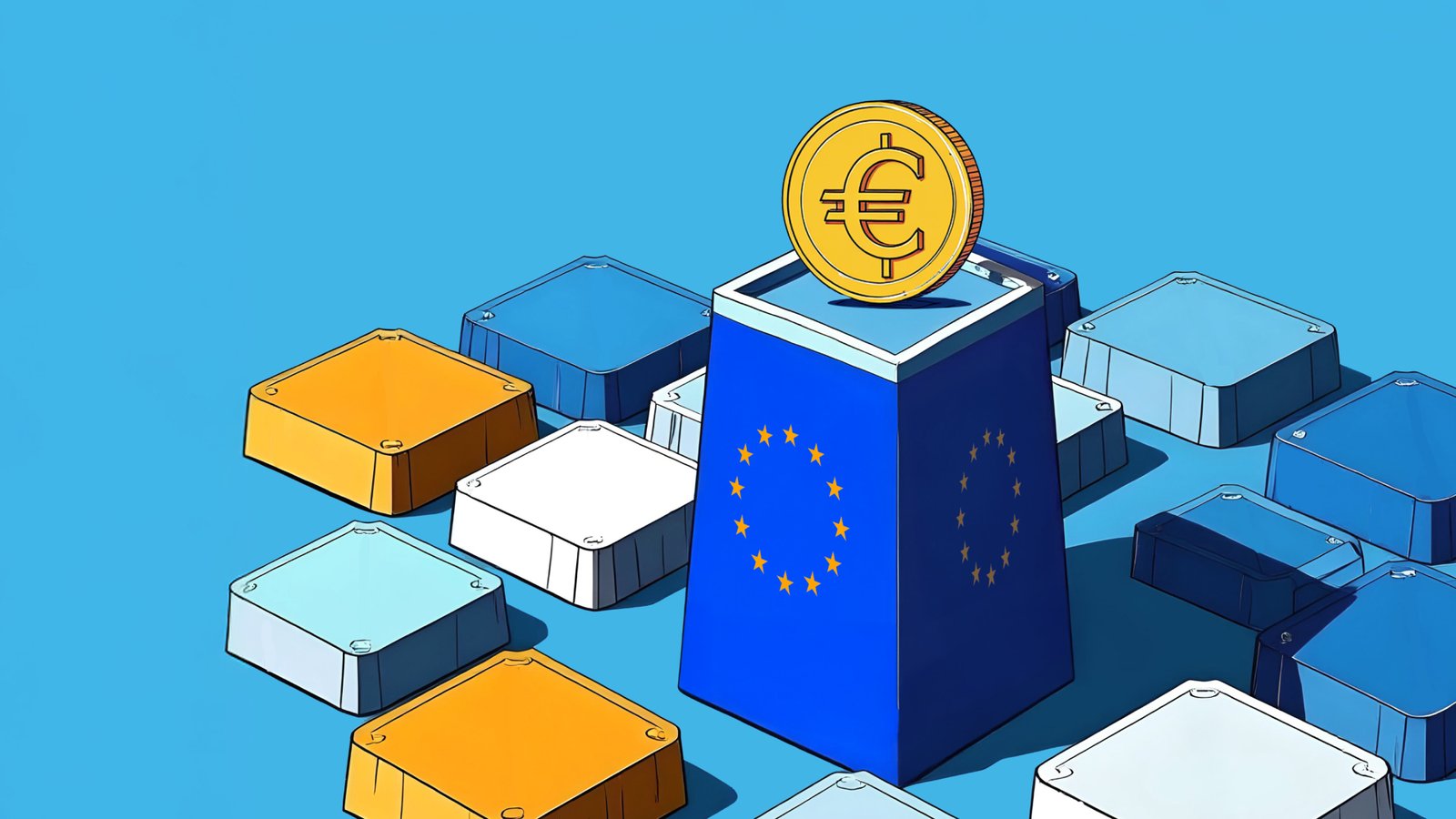
The ECB may pause rate cuts after reducing rates to 2.15%, as the euro strengthens.
EU boosts defence spending, with €1.065B from the EDF and equity gains in firms like Rheinmetall.
Inflation steadies at 2%, while the labour market begins to show early signs of softening.
EU growth supported by ECB policy and defence spending
The European Union is projected to see modest economic growth in the second half of 2025. According to the European Commission’s Spring 2025 Economic Forecast, real GDP is expected to grow by 1.1% in the EU and 0.9% in the euro area, maintaining a pace similar to that of 2024.
Strong euro likely to delay further ECB cuts
Despite a series of interest rate reductions by the European Central Bank (ECB), from 4.5% in May 2024 to 2.15% by June 2025 across eight consecutive meetings, the euro has appreciated by approximately 13.8% against the US dollar year to date. This resilience is attributed to strong capital inflows and a favourable trade balance.
The ECB is widely expected to pause its rate-cutting cycle at the upcoming policy meeting on 24 July, provided conditions remain stable. However, a major shift in US trade policy, such as the introduction of higher tariffs on EU goods, could change the outlook and prompt the ECB to reconsider its approach.
Inflation and labour market trends
Eurozone inflation rose slightly to 2.0% in June 2025, aligning with the ECB’s medium-term target.
This slight increase was mainly driven by a slower decline in energy prices and continued strength in services inflation, while core inflation held steady at 2.3%.
The labour market remains resilient, though signs of softening are starting to emerge. The euro area unemployment rate edged up to 6.3% in May, from a record low of 6.2% in April. Wage growth is expected to moderate in the coming months, reflecting demographic headwinds and subdued labour demand.
Defence investment and industrial expansion
In response to heightened geopolitical tensions and NATO commitments, the EU is significantly increasing defence spending. The European Defence Fund (EDF) has allocated €1.065 billion for 2025 to support collaborative research and development across key domains, including ground combat, air, naval, space and cyber technologies.
Additionally, 19 EU member states have called on the European Investment Bank to expand defence-related lending, with €3 billion earmarked for suppliers in the defence industry.
NATO members, including 23 EU countries, spent 1.99% of GDP on defence in 2024, with projections indicating an increase to 2.04% in 2025. A long-term target of 5% by 2035 has been endorsed, although some member states, including Spain, have raised concerns about its feasibility.
This surge in defence investment has fuelled a rally in related equities:
Rheinmetall AG has emerged as a standout performer, supported by Germany’s commitment to raise defence spending to 3.5% of GDP by 2029.
The company secured an €8.5 billion artillery contract in 2024 and is expanding its Unterlüß plant to increase production of 155mm shells from 200,000 to 350,000 rounds per year.
Its acquisition of Spain’s Expal Systems is set to raise its capacity to 700,000 shells and 10,000 tonnes of propellant per year by 2025.
Indices supported by policy moves
The Euro Stoxx 50 index, currently trading around 5,278 points, may face short-term headwinds in early Q3 due to trade policy uncertainty. However, historical data indicates that July is typically a strong month, with an average return of 1.94% and a win rate of 70%.
Monetary easing by the ECB and increased fiscal spending, particularly in defence, are expected to support major European indices, including the DAX, IBEX 35 and CAC 40, through the remainder of the quarter.
